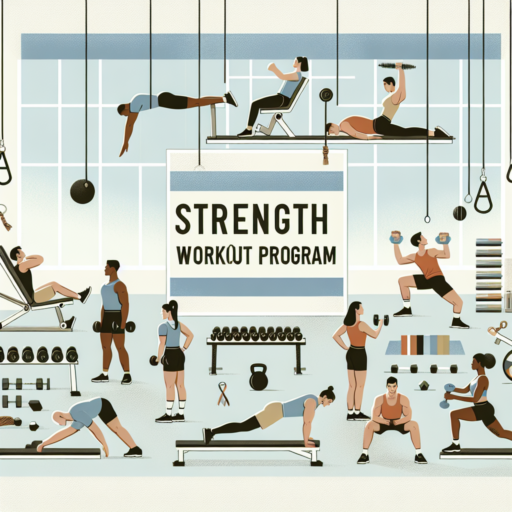No se han encontrado productos.
Should runners workout the upper body?
Many runners often prioritize their legs and endurance training, overlooking the significance of upper body strength. However, incorporating upper body workouts into your training routine can provide numerous benefits that might not be immediately obvious. Strength in your arms, shoulders, chest, and back plays a crucial role in your running performance.
First and foremost, a strong upper body helps maintain running form even as fatigue sets in during long distances. When the legs start to feel heavy, a runner’s form can begin to deteriorate. This is where the strength of the upper body comes into play. Having a strong core and upper body can help you maintain proper posture, thereby improving efficiency and reducing the risk of injury.
Additionally, upper body strength contributes to better arm swing, which in turn can enhance your running efficiency. Effective arm movement is essential for propelling the body forward and maintaining balance. A synchronized arm and leg movement can help conserve energy, allowing for a more efficient and faster run. Regular upper body workouts focusing on the arms, shoulders, and back can significantly improve your arm swing and overall running performance.
What upper body muscles are good for running?
While running may seem like an activity primarily focused on the lower body, the upper body muscles play a crucial role in enhancing performance and maintaining proper form. Strengthening specific upper body muscles can improve your running efficiency, balance, and posture.
Incorporating exercises that target the shoulders, arms, and core can significantly contribute to a runner’s speed and endurance. The shoulders and arms generate momentum and assist in propelling the body forward with each stride. A strong core, encompassing the abs and back muscles, stabilizes the torso, reducing the risk of injury and improving alignment.
Key Upper Body Muscles for Runners
- Deltoids: These shoulder muscles are vital for arm movement and stability during running.
- Pectorals: The chest muscles assist in arm swing, which is essential for maintaining balance.
- Latissimus Dorsi: Located in the back, these muscles support posture and the swinging of the arms.
- Core Muscles: Including the abs and lower back, a strong core enhances stability and endurance.
By focusing on these upper body muscles, runners can improve their form, efficiency, and potentially reduce the risk of injury, highlighting the importance of a balanced training regimen that includes both upper and lower body workouts.
How often should runners lift upper body?
Understanding the ideal frequency for lifting upper body as a runner is essential in optimizing your running performance and overall fitness. Integrating strength training into your routine not only enhances your running efficiency but also helps in preventing injuries. However, striking the right balance is key to ensure that your upper body workouts complement your running regimen without leading to overtraining.
For most runners, incorporating two to three upper body strength training sessions per week is recommended. This frequency is sufficient to build strength and endurance without interfering with the primary focus on running. It’s important to focus on exercises that target the major upper body muscles – the chest, back, shoulders, and arms – utilizing a combination of free weights, body weight exercises, or resistance bands.
Each session should not overly fatigue the muscles, allowing for adequate recovery between workouts. Tuning in to your body’s response to the training mix is crucial. Signs of excessive fatigue or declining running performance may indicate a need to adjust your strength training frequency or intensity. Personalization based on your goals, experience, and how your body adapts to combined strength and running training will yield the best results.
How should I lift as a runner?
Many runners overlook the importance of incorporating strength training into their regimen, assuming that the act of running itself is sufficient. However, lifting weights can significantly enhance a runner’s performance by improving strength, speed, and endurance. Understanding how to lift properly is pivotal for reaping these benefits without risking injury or overtraining.
Choosing the Right Exercises
When it comes to weight lifting for runners, focusing on compound movements that engage multiple muscle groups is essential. Exercises such as squats, deadlifts, and lunges are incredibly beneficial as they mimic the natural movement patterns of running. Incorporating upper body exercises like rows and presses can help maintain a balanced strength level, crucial for proper running posture and efficiency.
Optimizing Lifting Frequency and Volume
Striking the right balance in lifting frequency and volume is key to maximizing benefits while minimizing risk. Experts generally recommend that runners engage in strength training twice a week, allowing ample recovery time between sessions. Keeping the volume moderate, with sets ranging from three to five and repetitions between six to twelve, ensures muscle growth and strength enhancement without excessive fatigue.




